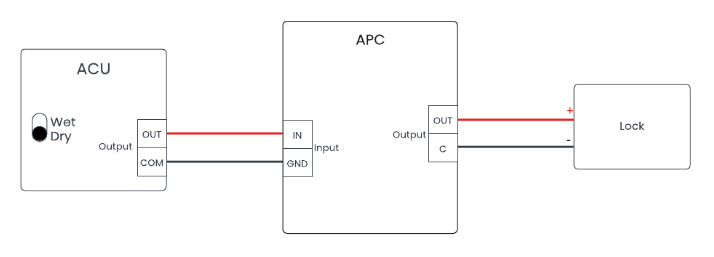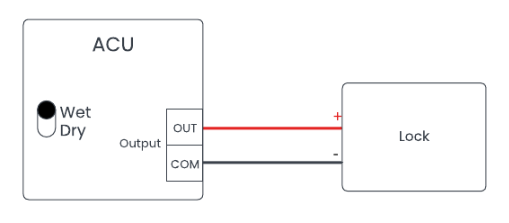Understanding Dry and Wet Contact in Access Control: What Are the Differences?
In the intricate world of access control systems, understanding the distinctions between dry and wet contacts is crucial for choosing the right security measures. As components that play a pivotal role in the functionality of security apparatus, both types of contacts serve specific purposes and are suited to different scenarios. Below, we will discuss dry and wet contact solutions to help you make informed decisions about your facility’s security infrastructure.
Exploring the Fundamentals of Dry vs Wet Contacts
Access control systems are essential for securing entrances and exits within various facilities. At the heart of these systems lies the intricate operation of contacts that serve as crucial checkpoints. Dry and wet contacts represent two distinct forms of signaling used to control these systems. Grasping their fundamental operations is key to understanding how they contribute to building security and automation.
Dry contacts function as a switch that does not provide power to the circuit. In essence, these contacts are not energized; when they come into contact, the switch closes, allowing the flow of electricity from an external source. This separation from the power source ensures the dry contact is less susceptible to voltage variations, reducing the risk of interference or damage from electrical surges.
Wet contacts, on the other hand, are directly connected to a voltage source within the control circuit. They’re often used to streamline installations and operations, as the power is supplied directly through the contact itself. While wet contacts offer convenience, they do pose a higher risk of voltage-related issues that could potentially affect sensitive equipment.
Unveiling the Technology Behind Dry Contact in Access Control

The simplicity of dry contact technology is one of its most significant advantages in access control systems. These contacts are typically used in scenarios where the security devices require an independent power source or where isolating the control circuit from the device is beneficial. Dry contacts act as a bridge, connecting separate systems without the risk of current transfer that could cause damage or interference.
Given their nature, dry contacts are considered safer for use in environments where electrical noise or power inconsistencies are a concern. Devices like security cameras, motion detectors, and other sensitive sensors often utilize dry contacts to ensure fluctuations in voltage do not affect their performance or the data they transmit.
Furthermore, in emergencies where there is a need to cut off power selectively, dry contacts are extremely useful. They can be engaged without disrupting the entire system, allowing for a targeted response. Fire alarms, for instance, might use dry contacts to unlock doors while keeping other systems active and secure.
The Role of Wet Contact in Secure Access Management

Wet contacts are integral components of access control systems, especially when the aim is to simplify circuit complexity and reduce installation costs. These contacts are inherently energized and carry voltage through the system, creating a more immediate and efficient response when triggered. This can be advantageous in scenarios where timing and reaction speed are critical.
For instance, automatic gate and door mechanisms typically use wet contacts because they can directly utilize the power within the contact to initiate movement. The immediate source of power ensures that there is no delay in operation, which is essential in high-traffic or fast-paced environments that require swift access changes.
However, the very nature of wet contacts, which include a power supply, also introduces the risk of short circuits or electrical faults if not properly maintained. Ensuring wet contacts are correctly installed and protected against moisture and environmental factors is necessary to mitigate these risks. Regular maintenance becomes even more essential when wet contacts are involved in the infrastructure.
Security systems employing wet contacts often incorporate fail-safes and redundancies to prevent malfunction. In high-security areas, these redundancies are crucial to ensuring uninterrupted operation. Wet contacts can thus be seen as double-edged swords; they offer speed and efficiency but demand caution and precision.
Overall, whether it’s the isolated and secure nature of dry contacts or the efficient and self-sufficient character of wet contacts, understanding their roles and differences is fundamental to access control. As we’ve explored, each type carries distinctive attributes that make them suited to various security environments. By carefully considering these factors, organizations can ensure their access control systems provide the right balance of safety, convenience, and reliability.





